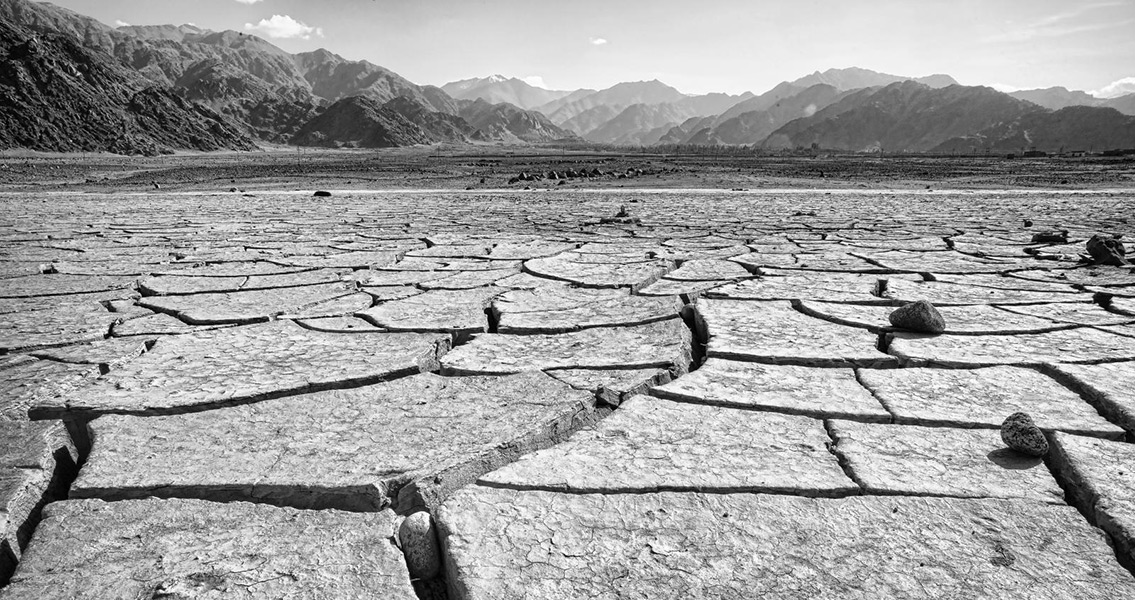<![CDATA[In times of trouble, we ask our nearest and dearest for support. New research suggests that social networks have been used in this way for much longer than we might think. Researchers from the University of Arizona have been analysing ancient social structures, and they have made some interesting discoveries. By examining social networks in the late pre-Hispanic North American Southwest, the team found that communities well connected with their neighbours managed crises better than communities with weaker social connections. By applying formal social network analytical methods to archaeological data from the southwest of the North American continent, the team examined the societies that were able to endure hardship. These were then compared with those which suffered depopulation. During the 250-year period the team examined (between 1200 and 1450 CE), vast swathes of the modern-day south-western United States became uninhabited, the process corresponding with a region-wide drought. As a whole, the region became depopulated, but certain groups maintained their population size, despite the drought. The team's work, published in the most recent issue of the Journal of Archaeological Method and Theory, provides an answer as to why some communities survived while others did not. It offers a fascinating insight into these past societies, and could hold important implications for today. "In a lot of modern research in crisis management, people are looking at how communities mobilize along social networks to overcome traumatic environmental crises, like we saw with Hurricane Katrina," said Lewis Borck, lead author of the paper. "We've known for a long time that people rely on social networks during times of crisis. What we didn't know... is exactly what happened to the social networks at a regional scale as people began to rely on them, or how people modified and changed their networks in reaction to social and environmental crises," Borck said. Archaeologists and historians generally regard social networks in two main ways. Firstly, networks are the links through which people transmit information and goods; they are a means of economic and intellectual distribution. Secondly, social networks can be seen as a form of social storage, forging relationships which can be drawn on in times of hardship. To understand how different communities interacted with one another, the researchers examined ceramic and obsidian artefacts. Using data previously gathered by the Southwest Social Networks Project, the team were able to analyse how similar objects were distributed throughout the Southwest. When similar ceramics are found in different communities, it indicates that a relationship existed between those groups. Borck and his team found that during the 23-year megadrought between 1276 and 1299, relationships grew stronger between groups. Distinct communities turned to their neighbours for support and assistance. In general, communities with large social networks withstood the drought. Groups which remained more insular tended to migrate out of the area. "Most of the groups that were only interacting with other communities in their group didn't persist in place. They all migrated out," Borck said. Extensive social networks have long been seen as a backup strategy in times of crisis, but empirical evidence has been scant. What Borck and his collaborators provide, according to Barbara Mills, Professor of Anthropology at University of Arizona, is "one of the first times we've been able to demonstrate [social networks] at a very large, regional scale."]]>
Social Networks Key to Survival
